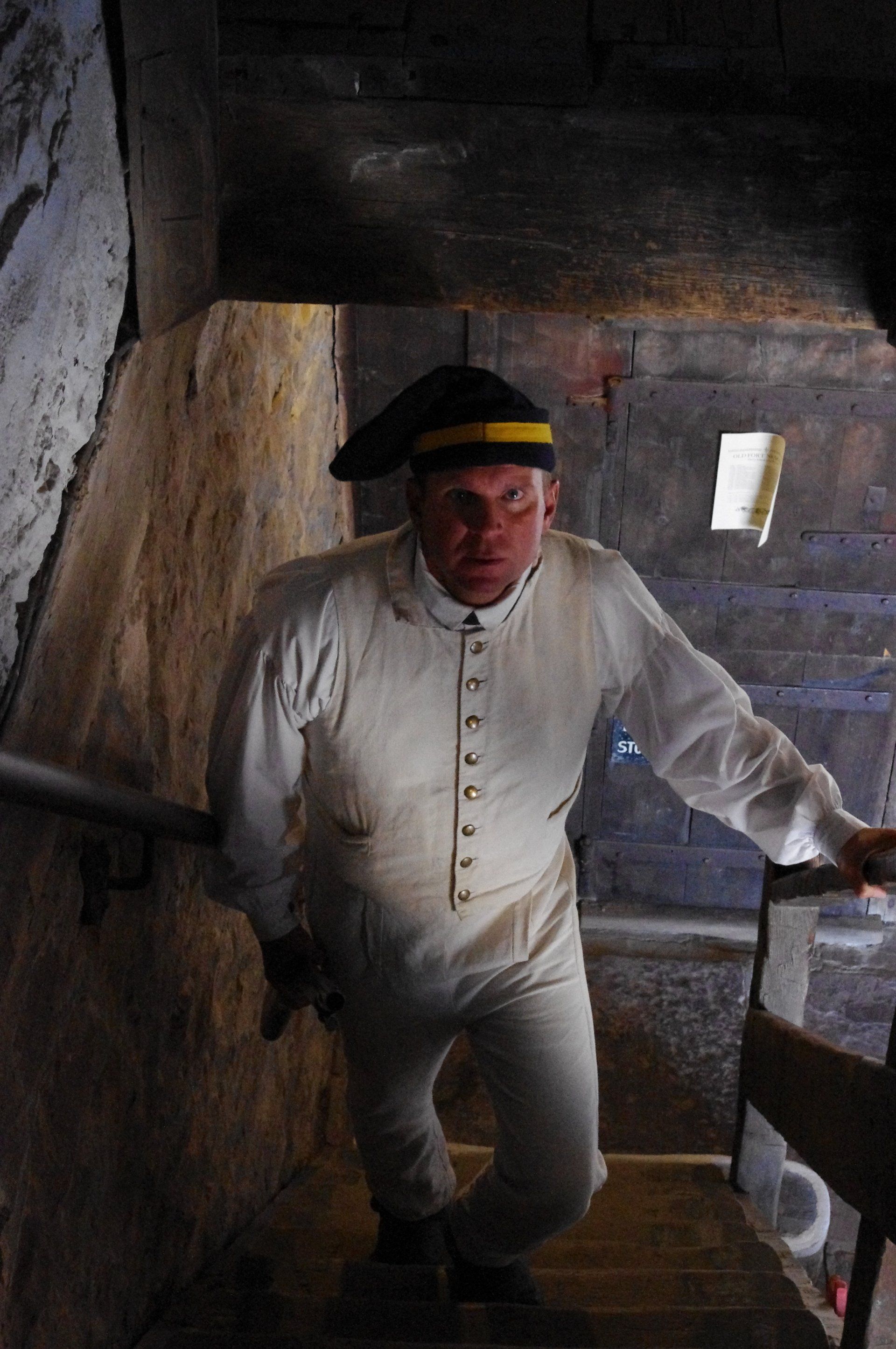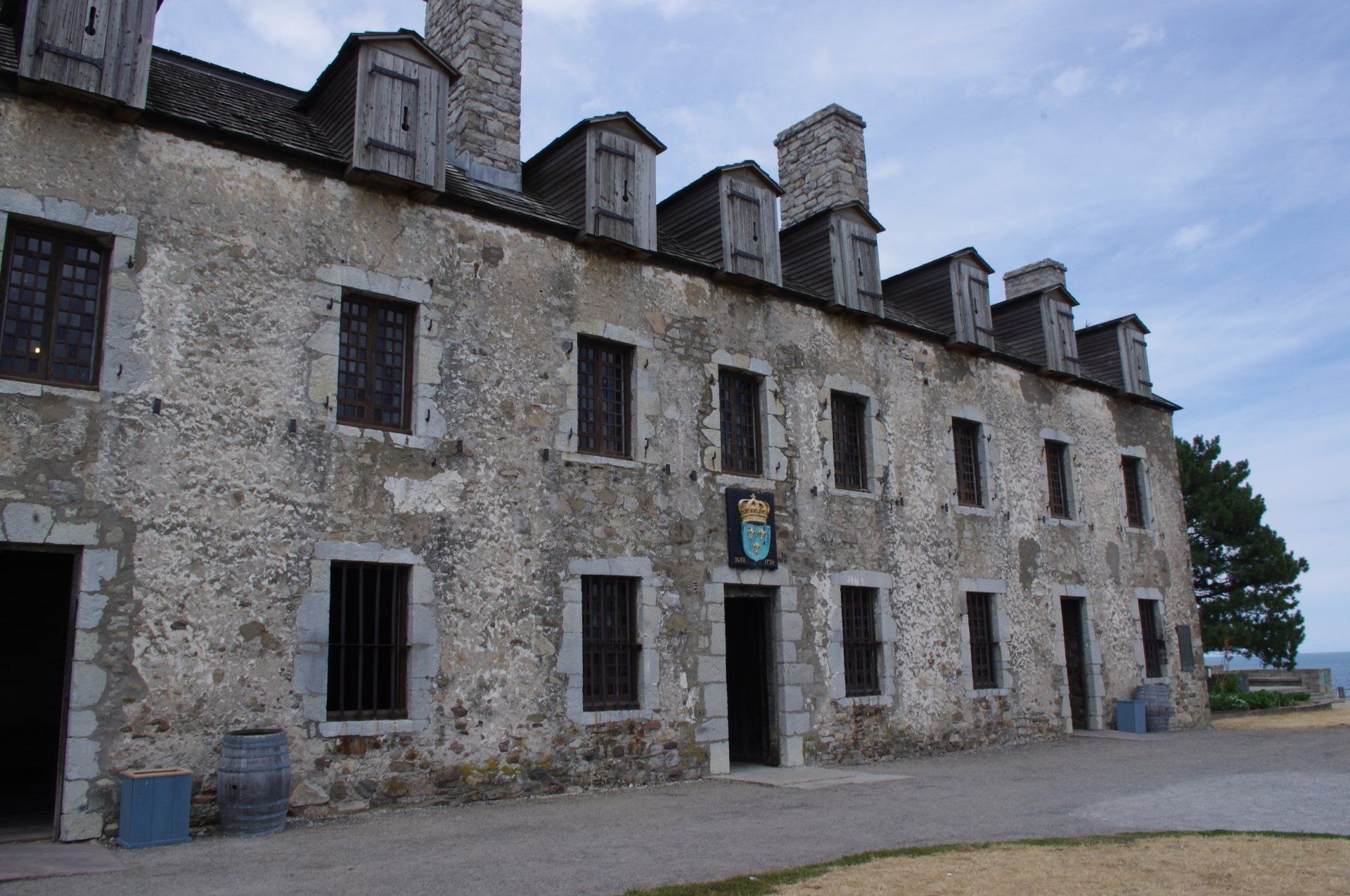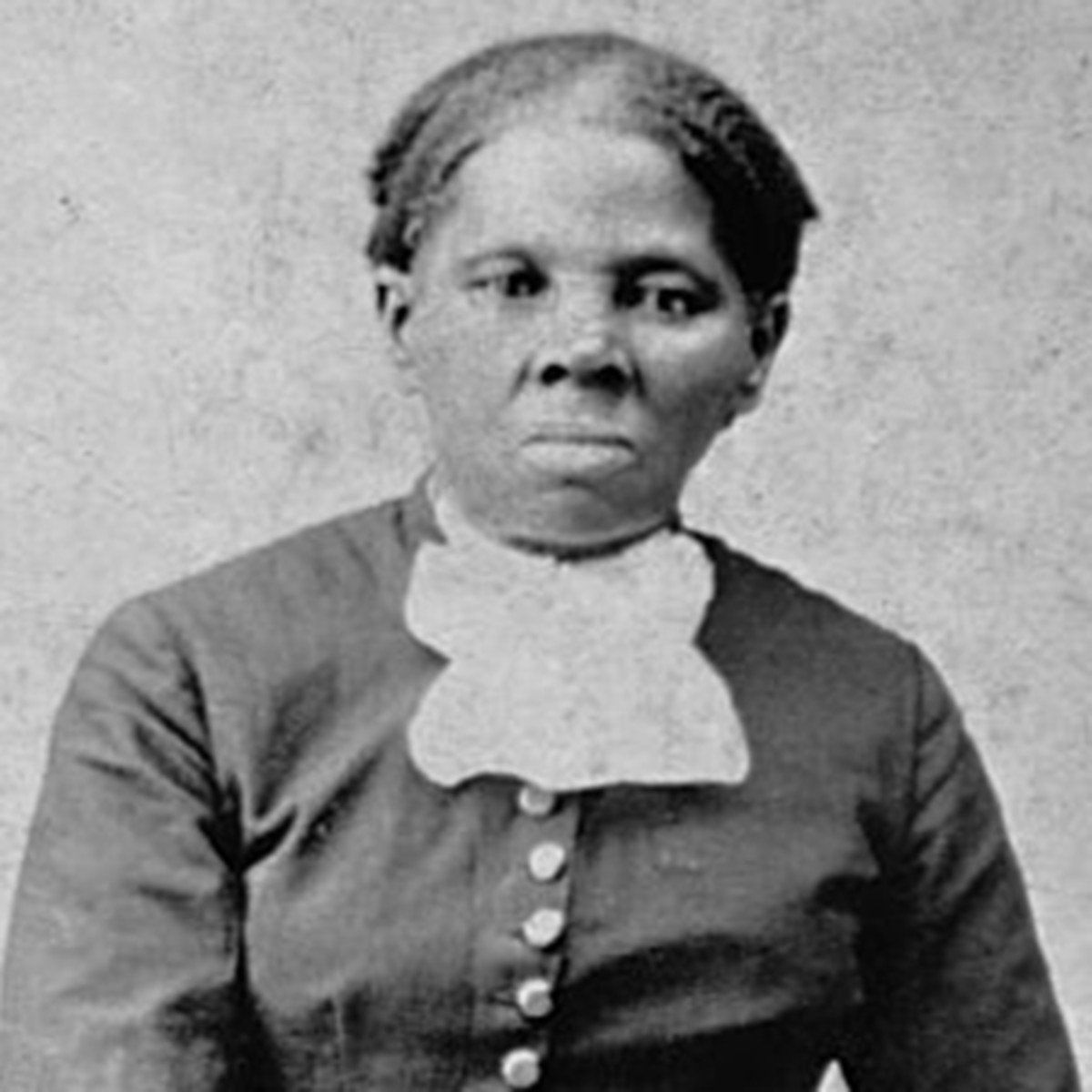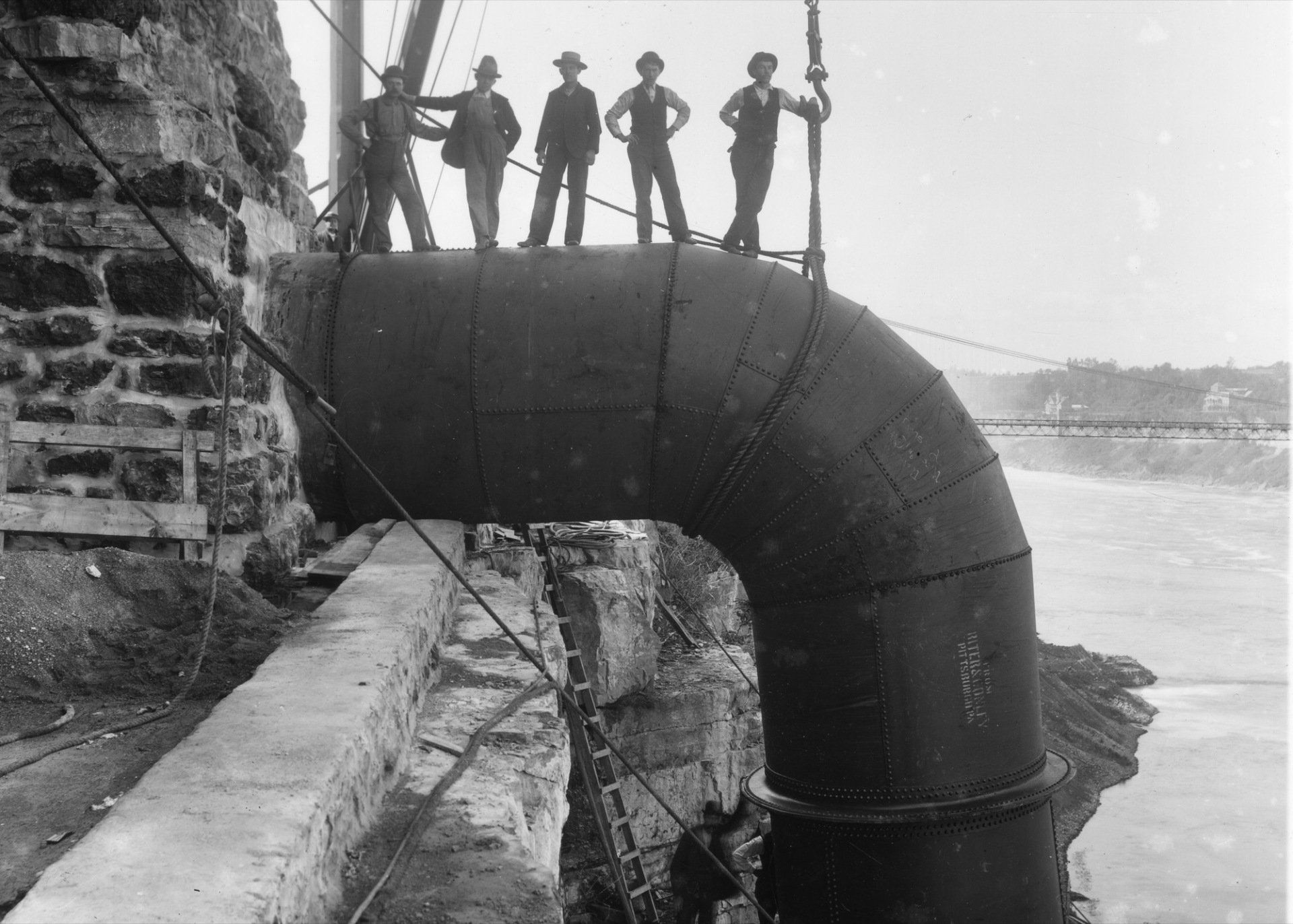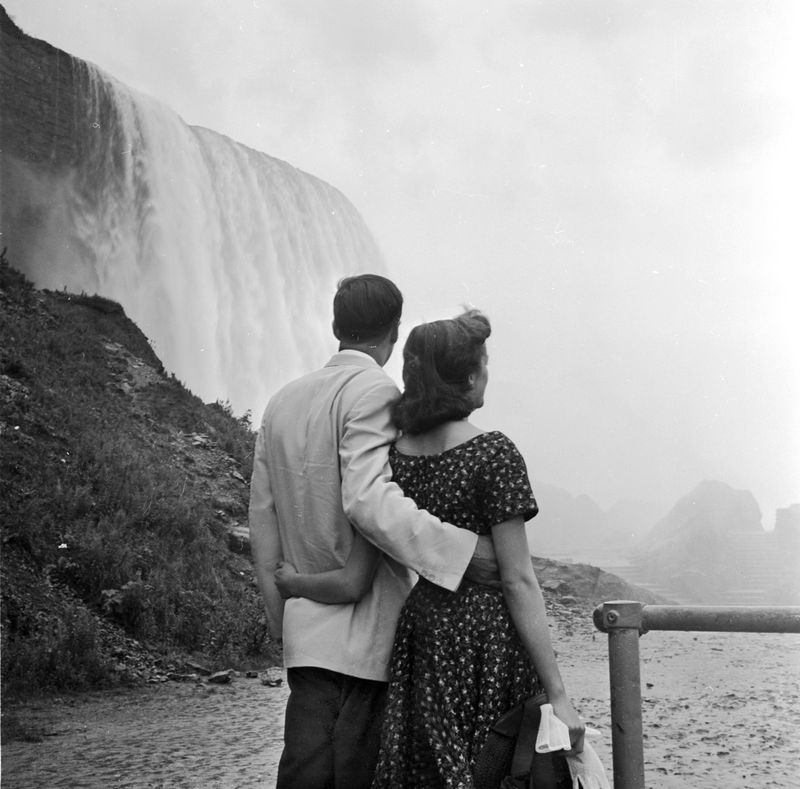THE FALLS IS ONLY THE
BEGINNING OF OUR STORY
Discover Niagara
We have established eight main interpretive areas to focus on when it comes to the history and heritage of the Niagara Falls National Heritage Area. Explore our story below, and learn how you can experience it here today.
The Story of the Niagara Falls National Heritage Area
Rich in natural and cultural resources, the Niagara Falls region has significant historical associations with American Indians, early European exploration, the French and Indian War, the American Revolution, the War of 1812, and the Underground Railroad. The Falls have long been an important site for hydroelectric power and ancillary industries. Together, these elements have contributed to Niagara Falls' importance in the American imagination, as a national landmark and a symbol of the American conservation movement.
“In short, the importance of this place is almost inconceivable; it is the key to the whole continent…
- Arthur Young, (British) c. 1759
The heritage area contains three National Historic Landmarks: the Adams Power Transformer House, the birthplace of the modern hydroelectric power station; the Niagara Reservation, designed by landscape architect Frederick Law Olmsted and considered the oldest state park in the country; and the Colonial Niagara Historic District, in Lewiston and Youngstown, which includes Old Fort Niagara.




